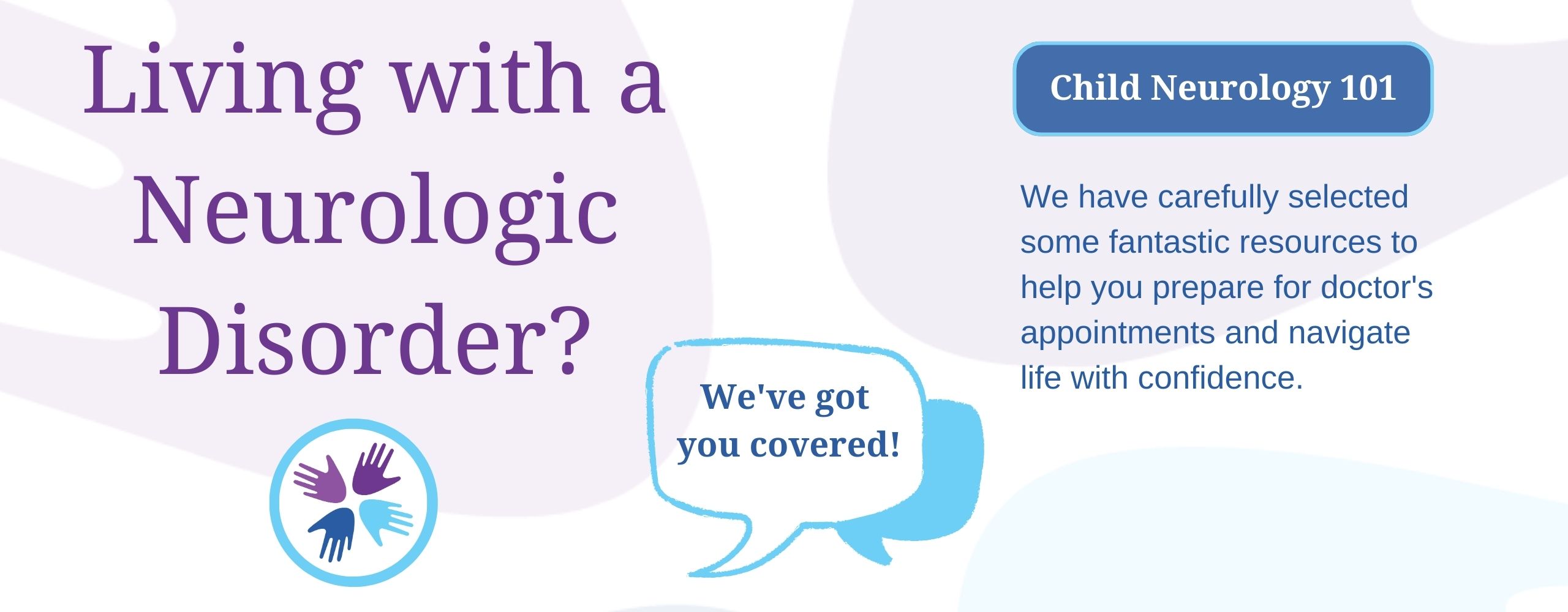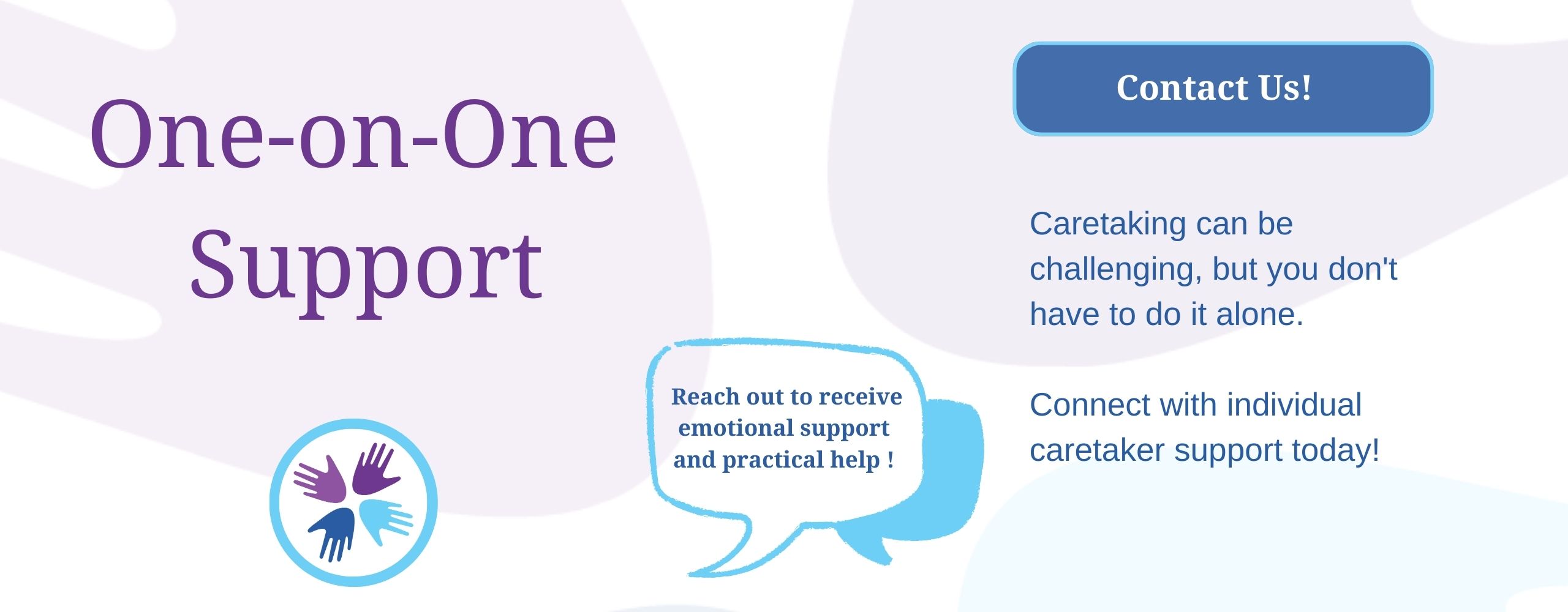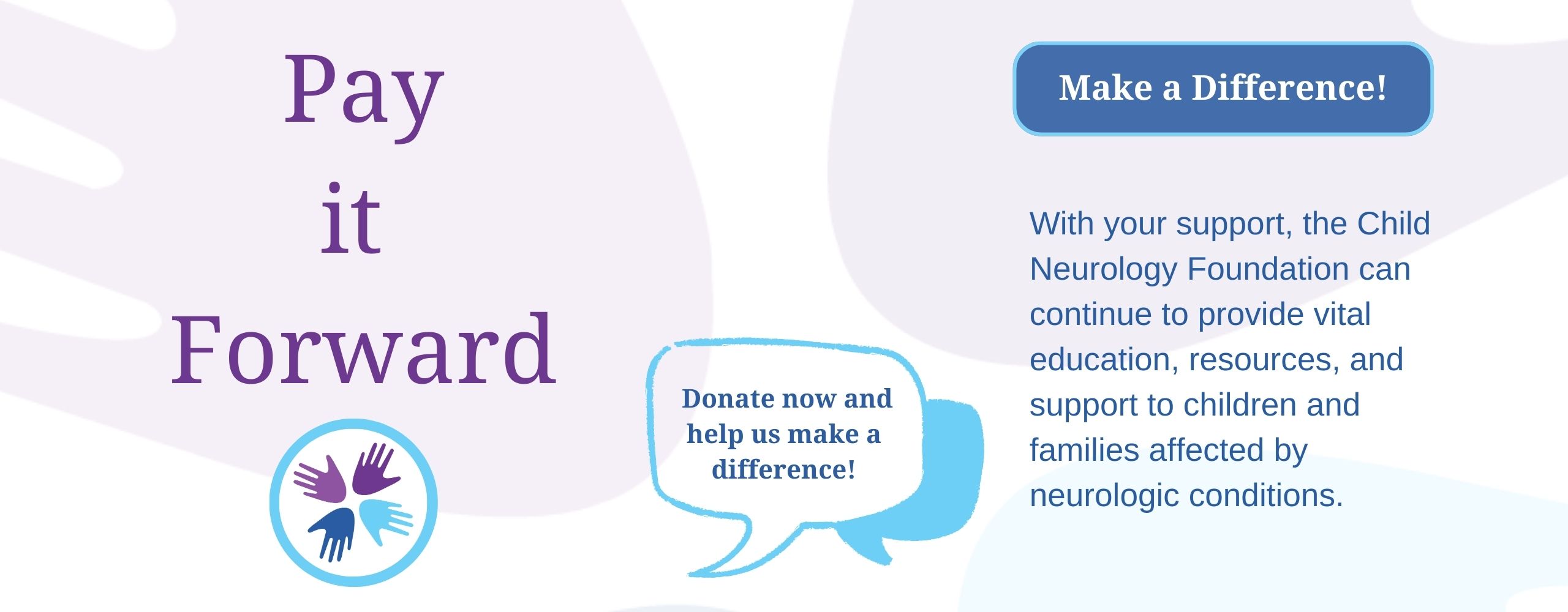
Authors: Barry S. Kran, OD, FAAO, Professor, New England College of Optometry, NECO Center for Eye Care at Perkins; Lotfi Merabet, OD, PhD, MPH, Department of Ophthalmology, Massachusetts Eye and Ear, Harvard Medical School; Lacey Smith M.ED.TVI CVI Coordinator, CVI Center, Perkins School for the Blind; Ilse Willems M.Ed., TVI, TDB, Senior Director, CVI Center, Perkins School for the Blind
Reviewed: August 2023
SUMMARY
Cortical or cerebral visual impairment (CVI) is a visual processing disorder. It is caused by damage to the visual pathways and processing centers of the brain.
This leads to a broad range of difficulties. Common difficulties include these abilities:
- Visual attention
- Recognition
CVI is the leading cause of visual impairment for children in the United States. CVI-related vision problems have been shown to affect 1 in 30 children in mainstream classrooms.
The causes of CVI vary. Causes include:
- Prematurity.
- Encephalopathy. Encephalopathy affects the brain. This condition can result from:
- Infection
- Anoxia/hypoxia
- Metabolic dysfunction
- Trauma
- Maternal drug abuse
- Brain malformations.
- Genetic disorders.
- Tumors.
- Seizure disorders. Such disorders may also impact other sensory and motor systems.
Causes vary widely. They can begin during gestation and run through early childhood. So, symptoms vary too.
There is no single test for CVI. In addition, negative magnetic resonance imaging (MRI) does not rule out CVI.
Sometimes, a patient has visual or visually guided motor difficulties that are not explained by issues with:
- The eye
- The anterior visual pathway (the pathway that carries information to the brain)
- Primary motor function
These patients should be referred to an appropriate pediatric optometrist or ophthalmologist for further assessment.
JUMP TO
Disorder Overview
DESCRIPTION
CVI is a type of visual dysfunction. It cannot be explained by disorders of the anterior visual pathway. It also cannot be explained by any vision impairment the patient may have.
Patients with CVI can have poor vision function or higher-level visual processing issues. They can also have both.
CVI is on the rise worldwide. This is due in part to dramatically improved survival rates for infants with neurological damage around the time of birth. As a result, there has been a steady increase in the number of biologically at-risk infants and children.
CVI is a lifelong disability. Early diagnosis allows for important adjustments and support systems. This maximizes development.
SIGNS AND SYMPTOMS
To be diagnosed with CVI, a person must show certain atypical visual behaviors. Symptoms vary in type. Severity also varies.
Poor vision function includes issues with:
- Acuity (clarity)
- Contrast
- Color
- Peripheral vision
At the other extreme, patients may have excellent vision function. However, they may have significantly higher-level visual processing issues. These can include:
- A reduced visual field (based on the complexity of the space)
- Inability to recognize people and/or objects using vision alone
- Inaccurate visually guided reach or placement of limbs
Symptoms vary from patient to patient. A combination of both sets of symptoms may occur in some patients. Some may also have issues with:
- Motor function
- Other sensory functions
- Cognitive function
There are sixteen distinct visual behaviors that have been found to be associated with CVI. They affect these areas:
Eye appearance
Eye movement
Visual attention
Visual recognition
Response time
Visual curiosity
Form accessibility
Visual fields
Attention to motion
Sensory integration
Color perception
Light perception
Object arrangement
Access to people
Many patients with CVI try to make up for visual challenges using their other senses. For example, they may use their sense of touch or hearing. This allows them to better access materials, their environment, and the people around them.
CAUSES
CVI is caused by damage and/or abnormal development of the brain. Specifically, these are affected:
- Visual pathways
- Visual processing centers
Common causes of CVI include (but are not limited to):
- Hypoxic ischemic encephalopathy (HIE)
- Periventricular leukomalacia (PVL)
- Traumatic brain injury
- Neonatal hypoglycemia
- Epilepsy/seizure disorders
- Metabolic disorders
- Certain genetic disorders or variants
- Hydrocephalus
- Microcephaly
- Macrocephaly
- Agenesis of the corpus callosum (ACC)
- Polymicrogyria
- Stroke
- Brain damage from prematurity
- Neurological disorders
- Maternal addiction to drugs and alcohol
- Cytomegalovirus (CMV)
In order for a patient to be diagnosed with CVI, symptoms must not solely be explainable by any or a combination of the following:
Eye health conditions
Eye misalignment
LABORATORY INVESTIGATIONS
CVI can be diagnosed by a medical provider. It’s important that that person has a strong understanding of CVI. CVI can often be misdiagnosed or even dismissed.
CVI can be diagnosed by:
- A pediatric neurologist
- A neuro-ophthalmologist
- An ophthalmologist
- An optometrist
- A medical low-vision specialist
CVI is diagnosed through the following:
- A complete clinical vision examination.
- A review of birth history.
- A review of medical history. The doctor will take an in-person history. They will also review medical records.
- Collaboration with a TVI. A TVI is a qualified teacher of students with visual impairment.
- A review of educational history. The doctor will review records with the end goal of supporting the child’s education. This will help create:
- An individual education service plan (IESP)
- An individualized education program (IEP)
Imaging is not necessary for diagnosis, but it may be helpful. Functional magnetic resonance imaging (fMRI) is sometimes performed. However, it is not widely available. Importantly, a negative MRI does not mean a patient does not have CVI.
TREATMENT AND THERAPIES
There is no cure for CVI. It is a lifelong diagnosis. A CVI evaluation will help determine what kind of support the patient needs.
As soon as CVI is suspected, a TVI who has knowledge of CVI should be brought in. They can perform an educational assessment.
Additional evaluations may include:
- A learning media assessment (LMA).
- A functional vision assessment (FVA). If the patient has impaired vision, an FVA should be completed.
- An orientation and mobility evaluation (O&M). Many patients with CVI benefit from orientation and mobility services. In that case, an O&M is needed.
Accommodations can make a big difference for some patients. Strategies to support use of vision can also be helpful. Patients may need to use other methods and approaches. The goal is to maximize their potential and independence.
Sometimes, a technique called sensory substitution can be helpful. This involves using an alternate sense when a sense is impaired. One example is using a long cane. Another example is using Braille or text-to-speech programs.
As more people with CVI are identified, we are learning more about “self-accommodation strategies.” These are strategies that patients create on their own. Such strategies often help mask visual issues.
OUTLOOK
The outlook for CVI varies. Prognosis depends on the timing and rate of brain damage. It also depends on any co-occurring conditions.
CVI can impact a person’s ability to interact with the world around them. For example, it might impact their ability to:
- Visually access and navigate their environment.
- Visually interact with and recognize people. Understanding facial expressions can be difficult.
- Visually access and interact with materials.
As with most conditions impacting a child’s development, the family can be dramatically impacted by the diagnosis. Many experience a range of emotions. Ultimately, a caregiver typically becomes the child’s chief advocate. They play a vital role in helping others understand their child and provide meaningful services.
RELATED DISORDERS
There are many conditions associated with CVI. They include:
- Cerebral palsy
- Stroke
- Autism spectrum disorder
- Seizure disorders
- Down syndrome
- Premature birth
- Genetic conditions
More research is needed on the prevalence of CVI among patients with these conditions.
Resources
The CVI Center at Perkins School for the Blind
The Perkins School for the Blind is a nonprofit at the forefront of confronting the public crisis of Cortical/Cerebral Visual Impairment (CVI). The CVI Center at Perkins addresses CVI through education, innovation, and collaboration among educators and medical professionals. Perkins E-Learning offers professional development opportunities with a wide variety of topics relating to CVI. At Perkins, the focus is on research-based studies and uses a whole-child approach where individuals with complex disabilities and visual impairments can learn and thrive. Perkins School for the Blind serves students with visual impairments, including CVI and deafblindness, from birth through age 22.
Perkins also provides CVI Now, a comprehensive website for every parent, caregiver, educator, provider, and person with CVI seeking current information. CVI Now is the go-to source for trusted answers, current research, and resources about CVI. The CVI Now Parents group is a private Facebook community open to all caregivers of children with CVI as well as individuals living with CVI. CVI Now Parents is a place to safely connect with other families, share ideas, and receive guidance to their questions with confidence, supported by experts.
Family Stories
The collective voices of individuals with Cortical/Cerebral Visual Impairment (CVI) and CVI families continue to grow. Through Perkins School for the Blind, the CVI Now website shares CVI Voices and CVI stories that are powerful. These stories empower families and individuals with CVI to continue to use their voices to inform research, assessment, education, services, and advocacy.
Child Neurology Foundation (CNF) solicits resources from the community to be included on this webpage through an application process. CNF reserves the right to remove entities at any time if information is deemed inappropriate or inconsistent with the mission, vision, and values of CNF.
Research
These are clinical trials that are recruiting or will be recruiting. Updates are made daily, so you are encouraged to check back frequently.
ClinicalTrials.gov is a database of privately and publicly funded clinical studies conducted around the world. This is a resource provided by the U.S. National Library of Medicine (NLM), which is an institute within the National Institutes of Health (NIH). Listing a study does not mean it has been evaluated by the U.S. Federal Government. Please read the NLM disclaimer for details.
Before participating in a study, you are encouraged to talk to your health care provider and learn about the risks and potential benefits.
For more information about participation in clinical trials, check out our education hub on the topic here.
Information for research and clinical trials specific to CVI can be found on the CVI NOW website from Perkins School for the Blind.
References
Park JE. Apraxia: Review and Update. J Clin Neurol. 2017 Oct;13(4):317-324. https://doi.org/10.3988/jcn.2017.13.4.317. PMID: 29057628; PMCID: PMC5653618.
Foundas AL. Apraxia: neural mechanisms and functional recovery. Handb Clin Neurol. 2013;110:335-45. https://doi.org/10.1016/B978-0-444-52901-5.00028-9. PMID: 23312653.
The information in the CNF Child Neurology Disorder Directory is not intended to provide diagnosis, treatment, or medical advice and should not be considered a substitute for advice from a healthcare professional. Content provided is for informational purposes only. CNF is not responsible for actions taken based on the information included on this webpage. Please consult with a physician or other healthcare professional regarding any medical or health related diagnosis or treatment options.
Thank you to our 2023 Disorder Directory partners:








